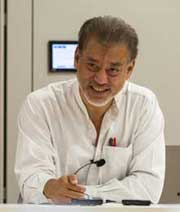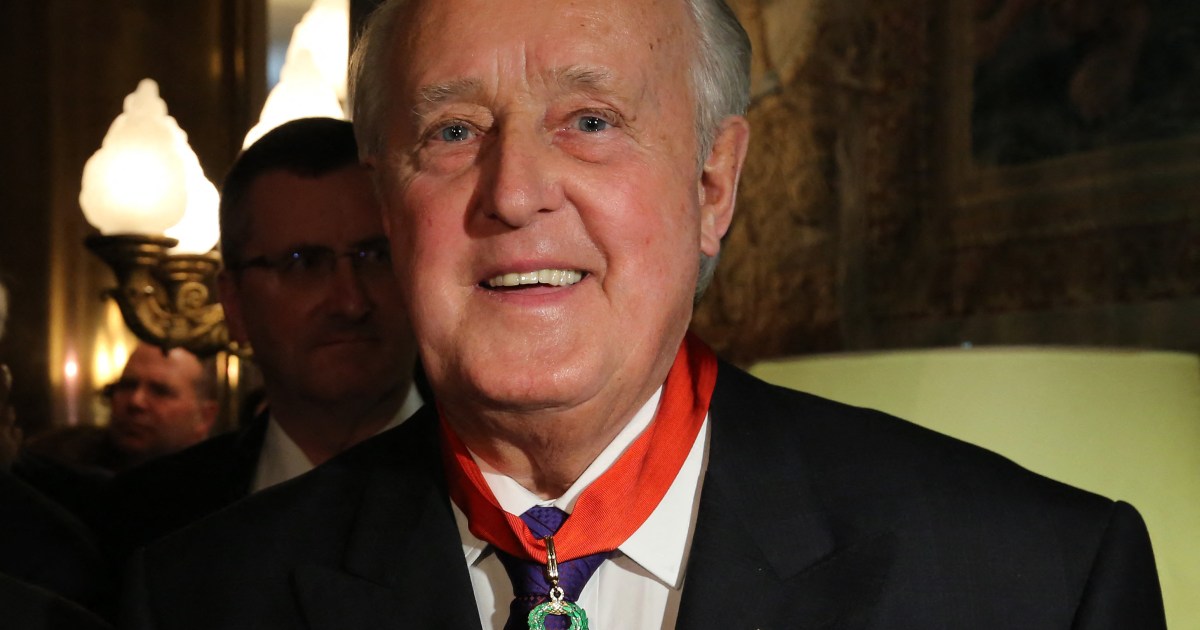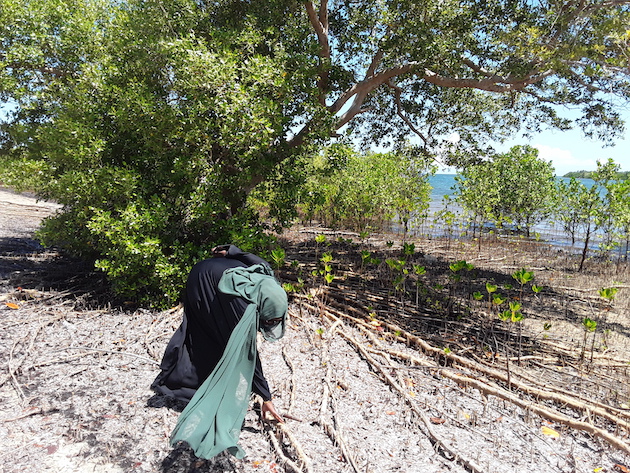Climate Hypocrisy Ensures Global Warming — Global Issues
SYDNEY and KUALA LUMPUR, Jun 28 (IPS) – Rich country governments claim the high moral ground on climate action. But many deny their far greater responsibility for both historic and contemporary greenhouse gas (GHG) emissions, once acknowledged by the Kyoto Protocol.
Climate injustice
Worse, responsibility has not been matched by commensurate efforts, especially by the largest rich economies in the G7, which dominates the G20. Its continued control of international economic resources and policymaking blocks progress on climate justice.
On a per capita basis, the US and close allies – Saudi Arabia, the United Arab Emirates, Australia and Canada – produce more than a hundred times the planet-warming greenhouse gas (GHG) emissions of some African countries.
The African population produced about 1.1 metric tonnes of carbon (dioxide equivalent) emissions per person in 2019, under a quarter of the 4.7 tonnes global average. The US emitted 16.1 tonnes – nearly four times the global average.
GHG emissions accumulate over time and trap heat, warming the planet. The US has emitted over a quarter of all GHG emissions since the 1750s, while Europe accounts for 33%. By contrast, Africa, South America and India contributed about 3% each, while China contributed 12.7%.
Wealth inequalities worsen climate injustice. The world’s richest 5% were responsible for 37% of GHG emissions growth during 1990-2015, while the bottom half of the world’s population accounted for 7%!
Poor regions and people take the brunt of global warming. The tropical zone is much more vulnerable to rapid climate change. Most of these countries and communities bear little responsibility for the GHG emissions worsening global warming, but also have the least means to cope and protect themselves.
Thus, climate justice demands wealthy nations – most responsible for cumulative and current GHG emissions – not only reduce the harm they cause, but also help those with less means to cope.

Wealthy countries have done little to keep their 2009 promises to provide US$100 billion annually to help developing countries. Most climate finance has been earmarked for mitigation. But this ignores their needs and priorities, as developing countries need help to adapt to climate change and to cope with losses and damages due to global warming.
The OECD club of rich countries has been criticized for exaggerating climate finance, but acknowledges, “Australia, Japan and the United States consider financing for high-efficiency coal plants as a form of climate finance.”
It reports climate finance of US$79.6bn in 2019, but these figures are hotly contested. However, ‘commercial credit’ is typically not concessional. But when it is, it implies official subsidies for “bankable”, “for profit” projects.
Many also doubt much of this funding is truly additional, and not just diverted (‘repurposed’) from other ends. Private finance also rarely goes where it is most needed while increasing debt burdens for borrowers.
Leading from behind
At the COP26 Climate Summit in Glasgow in November 2021, US President Joe Biden described climate change as “an existential threat to human existence” and pledged to cut US emissions by up to 51% by 2030.
Biden had claimed his ‘Build Back Better’ (BBB) package of proposed social and climate spending would be a cornerstone of restoring international trust in the US commitment to stem global warming.
At the G7 Summit in June 2021, Biden announced his vision of a “Build Back Better World” (B3W) would define the G7 alternative to China’s multitrillion USD Belt and Road Initiative (BRI).
All this was premised on US ability to lead from the front, with momentum growing once BBB became law. But his legislative package has stalled. Unable to attract the needed votes in the Senate, BBB is ‘dead in the water’.
Putting on a brave face, US Senate majority leader Chuck Schumer promises to bring the legislation to a vote early next year. But with their party’s declining political fortunes, likely ‘horse-trading’ to pass the bill will almost certainly further undermine Biden’s promises.
Meanwhile, breaking his 2020 campaign promise, Biden approved nearly 900 more permits to drill on public land in 2021, more than President Trump in 2017. While exhorting others to cut fossil fuel reliance, his administration is now urging US companies and allies to produce more, invoking Ukraine war sanctions.
Aid laggard
At COP26, Biden promised to help developing nations reduce carbon emissions, pledging to double US climate change aid. But even this is still well short of its proportionate share of the grossly inadequate US$100bn yearly rich nations had pledged in 2009 in concessional climate finance for developing countries.
Considering its national income and cumulative emissions, the US should provide at least US$43–50bn in climate finance annually. Others insist the US owes the developing world much more, considering their needs and damages due to US emissions, e.g., suggesting US$800bn over the decade to 2030.
In 2017-18, the US delivered US$10bn to the pledged US$100bn annual climate finance – less than Japan’s US$27bn, Germany’s US$20bn and France’s US$15bn, despite the US economy being larger than all three combined.
President Obama pledged US$3bn to the Green Climate Fund (GCF) – the UN’s flagship climate finance initiative – but delivered only US$1bn. Trump totally repudiated this modest pledge.
At the April 2021 Earth Day leaders’ summit, Biden vowed to nearly double Obama’s pledge to US$5.7bn, with US$1.5bn for adaptation. But even this amount is far short of what the US should contribute, given its means and total emissions.
After the European Commission president highlighted this in September 2021, Biden vowed to again double the US contribution to US$11.4bn yearly by 2024, boasting this would “make the US a leader in international climate finance”.
At COP26, the US cited this increased GCF promise to block developing countries’ call for a share of revenue from voluntary bilateral carbon trading. The US has also opposed developing countries’ call for a funding facility to help vulnerable nations cope with loss and damage due to global warming.
Worse, the US Congress has approved only US$1bn for international climate finance for 2022 – only US$387m more than in the Trump era. At that rate, it would take until 2050 to get to US$11.4bn. Unsurprisingly, Biden made only passing mention of climate and energy in his last State of the Union address.
IPS UN Bureau
Follow @IPSNewsUNBureau
Follow IPS News UN Bureau on Instagram
© Inter Press Service (2022) — All Rights ReservedOriginal source: Inter Press Service
Check out our Latest News and Follow us at Facebook
Original Source







